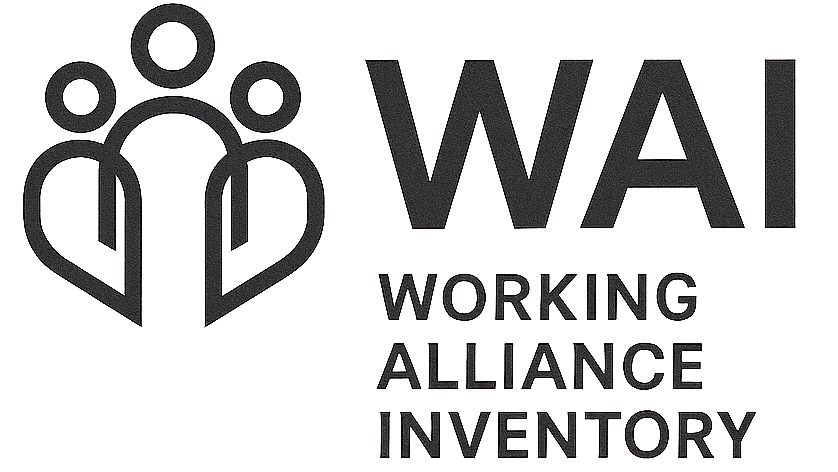The alliance (working alliance, therapeutic alliance, helping alliance) has been defined a number of different ways over the long history of the concept. There is no universally accepted single definition of the term as of today. There are, however, a strong consensus on some core issues:
- The alliance is an aspect of the helping relationship —but it does not capture all aspects of the therapy relationship.
- Alliance refers to a collaborative relationship between helper and the client; meaning that there is a consensus and willingness on the part of both parties to engage in and do the work that leads to improvement.
- Alliance is an achievement, a quality of the partnership that develops between helper and the person being helped. It is dynamic in time and content, meaning it changes over time not only in quality but also in terms of the elements that gave rise to it.
- There is a broad agreement that this collaborative engagement involves (but not restricted to) consensus over the goals of treatment, a sense of confidence and commitment to the kinds of activities that the helper and helpee engage in as part of the helping journey, and the relationship or engagement is in a context of mutual trust, confidence and liking of one another. However, different therapies, different stages of tehelping process, and different "occasions" would demand and call for diverse actions and interactions to achieve good alliance.
Thus, when one observes or measures a "good enough alliance," one is looking at evidence that the helper and client have developed this kind of "working together" in their particular helping context, at the time the assessment or observation was made.
Several meta analyses of the links between the quality of the alliance and therapy outcome, in a broad variety of helping contexts, have consistently reported a positive relation between the quality of the alliance and the results of the helping process (see a few of the pertinent references below).
References:
Horvath, A. O., & Symonds, B. D. (1991). Relation between working alliance and outcome in psychotherapy: A meta-analysis. Journal of Counseling Psychology, 38, 139-149.
Martin, D. J., Gerske, J. P., & Davis, M. K. (2000). Relation of the Therapeutic Alliance With Outcome and Other Variables: A Meta-Analytic Review. Journal of Consulting and Clinical Psychology, 68(3), 438-450. doi:IO.I037//0022-006X.68.3.438
Horvath, A. O., & Bedi, R., P. (2002). The alliance. In J. C. Norcross (Ed.), Psychotherapy realationships that work: Therapist contributions responsiveness to patients (pp. 37-70). New York: Oxford University Press.
Horvath, A. O., Del Re, A. C., Flückiger, C., & Symonds, B. D. (2011). Alliance in individual psychotherapy. Psychotherapy: Theory, Research, Practice and Training, 48(1), 9-16.
Flückiger, C., DelRe, A. C., Wampold, B. E., & Horvath, A. O. (2017). Alliance meta-analysis 2017: symptom specificity & alliance outcome correlation. Paper presented at the Society for Psychotherapy Research, Toronto.
Horvath, A. O. (2018). Research on the alliance: Knowledge in search of a theory. Psychotherapy Research, 28(4), 499-516. doi:10.1080/10503307.2017.1373204
Del Re, A. C., Fluckiger, C., Horvath, A. O., & Wampold, B. E. (2021). Examining therapist effects in the alliance-outcome relationship: A multilevel meta-analysis. J Consult Clin Psychol, 89(5), 371-378. doi:10.1037/ccp0000637
